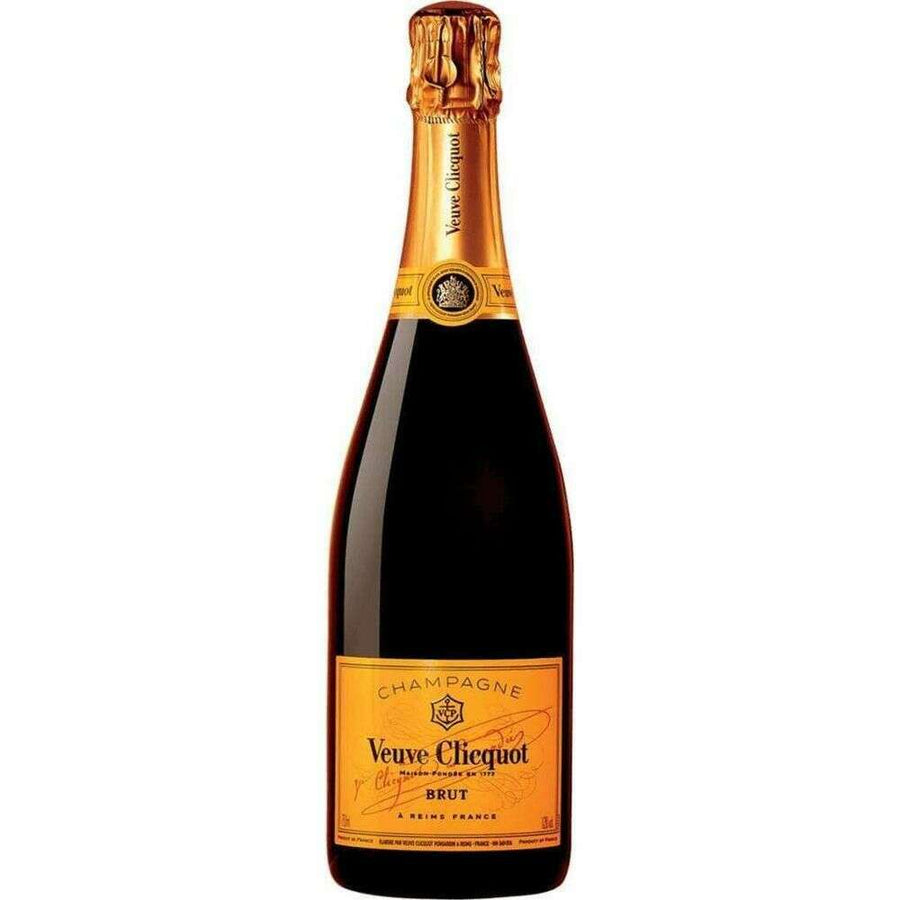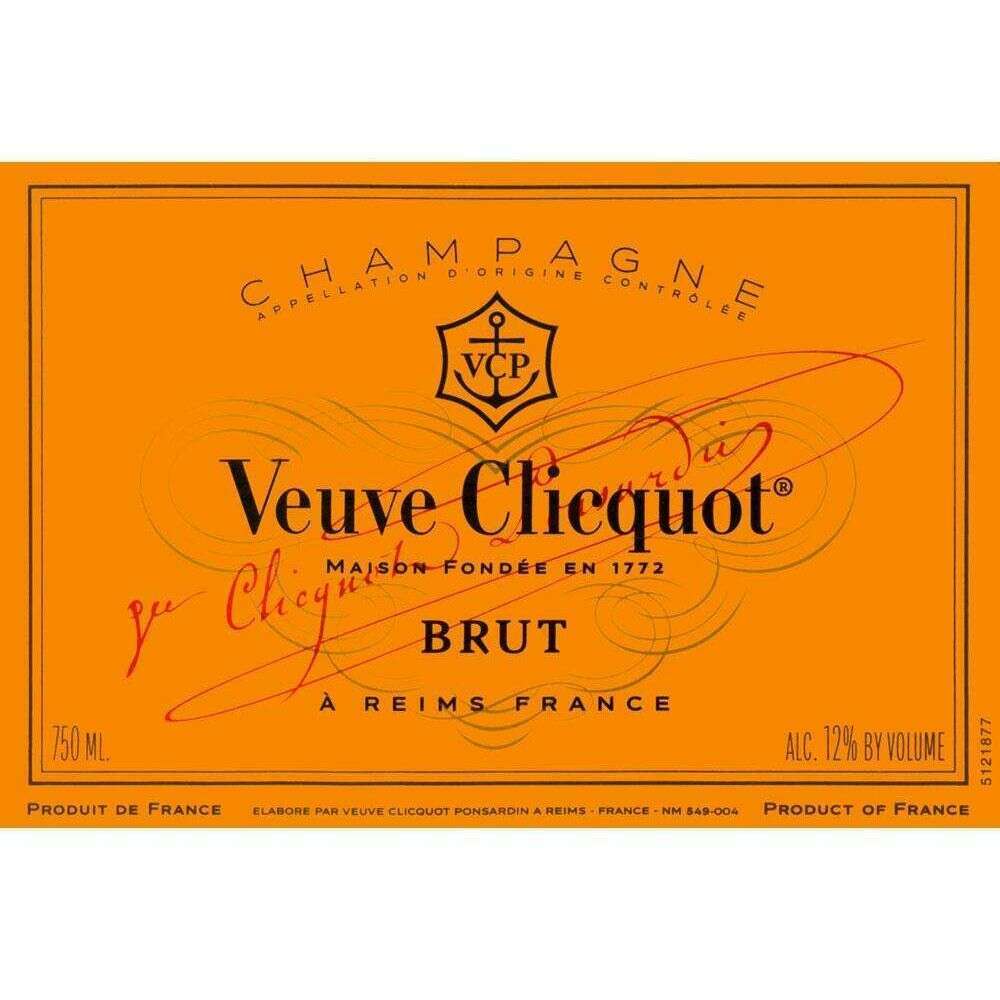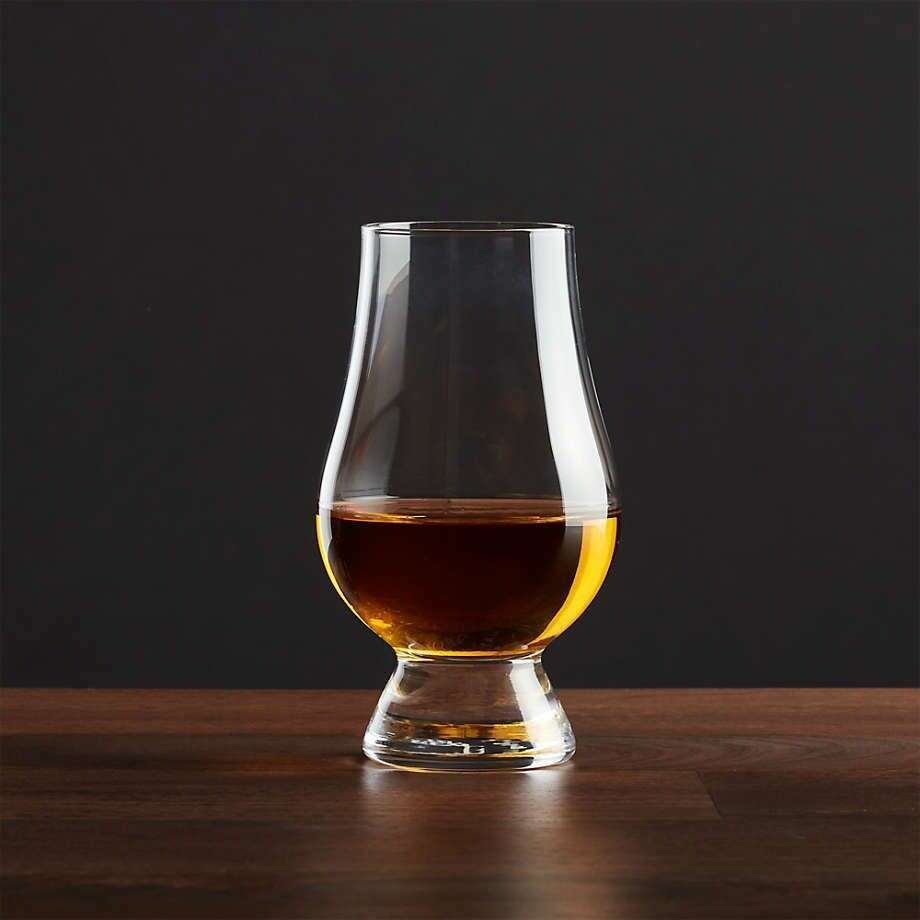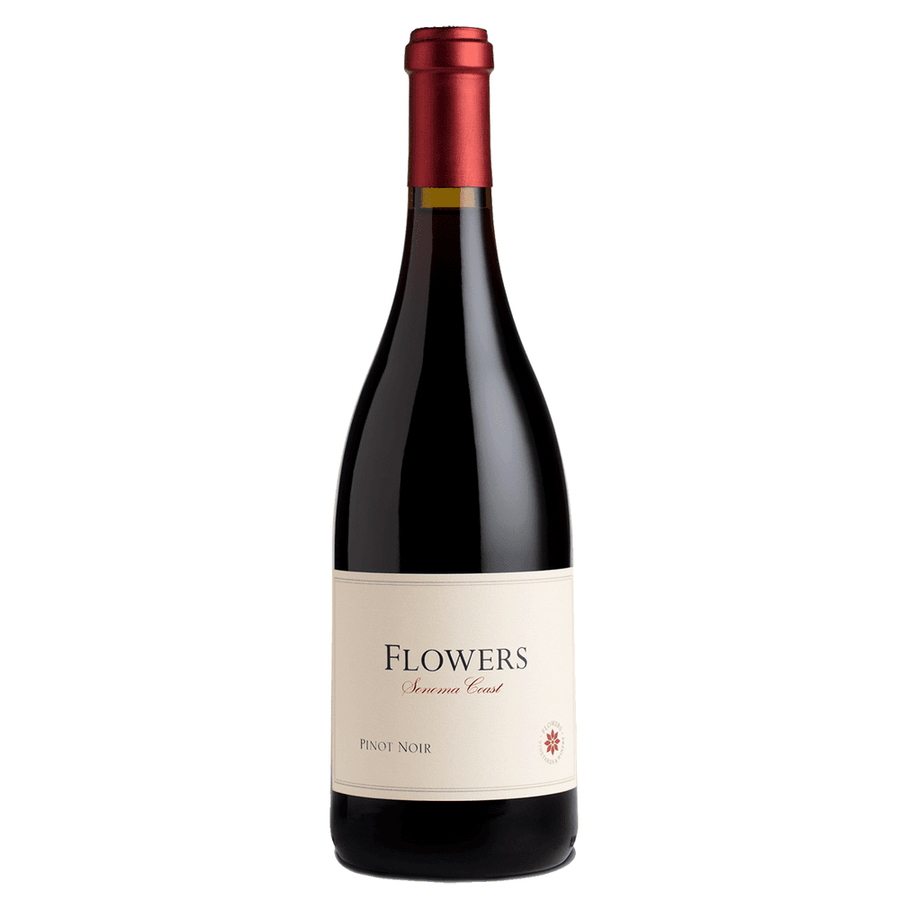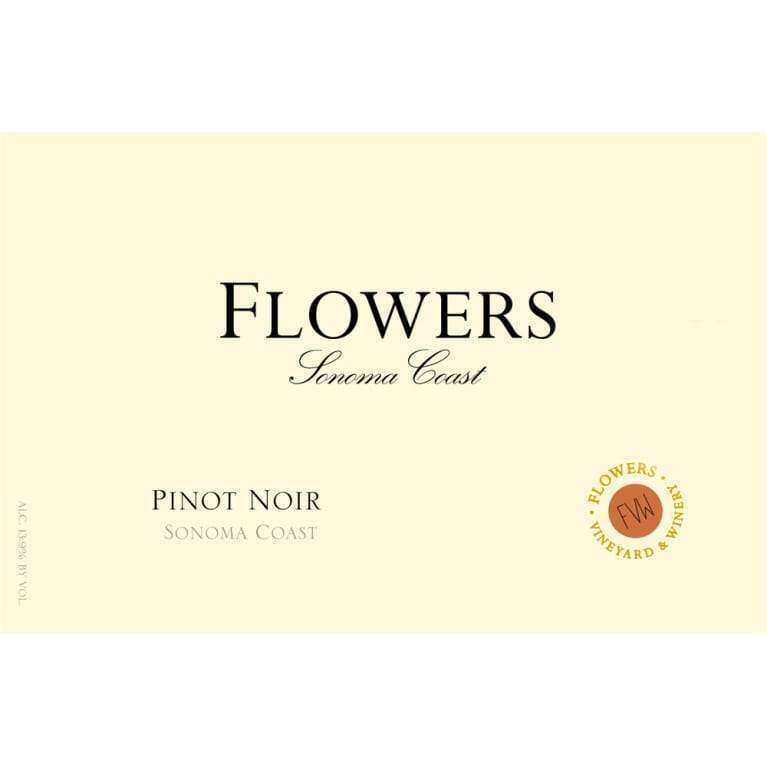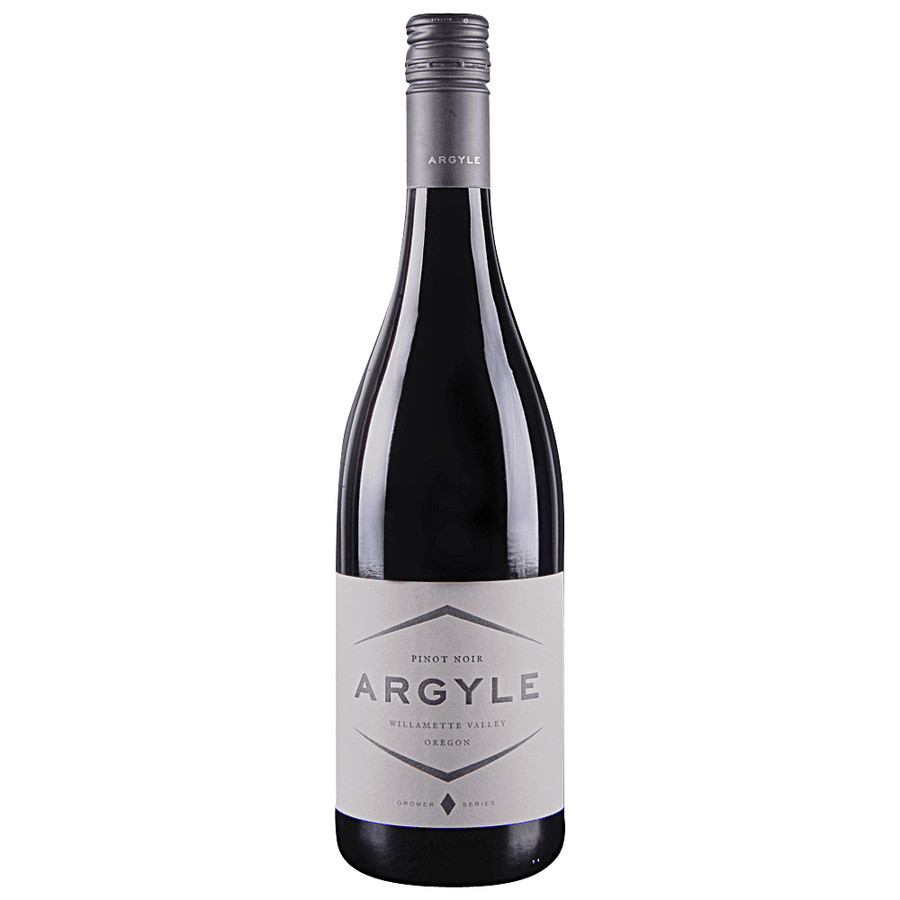Experience the refined elegance of Balverne Pinot Noir, hailing from the prestigious Russian River Valley, where the terroir's cool climate and ancient soils shape this exquisite wine. Showcasing a translucent ruby hue, the wine enchants with aromas of ripe cherries, strawberries, and baking spices, complemented by earthy undertones. On the palate, layers of red fruit—vivid strawberries, cranberries, and cherries—unfold, balanced by hints of pomegranate syrup and herbal nuances. This Pinot Noir offers a smooth, medium-bodied texture with vibrant acidity and rounded tannins, leading to a harmonious finish. Perfectly aged in French oak for subtle notes of vanilla and toast, this award-winning wine pairs wonderfully with roasted meats or evenings spent savoring its lush complexity.
Process & Profile
Crafted in the renowned Russian River Valley, Balverne Pinot Noir is an exceptional representation of the terroir's unique characteristics. The wine is produced from estate-grown grapes using sustainable farming techniques, a commitment upheld since the property's inception in the 1860s. The vineyards are dedicated to preserving biodiversity and environmental integrity, ensuring a wine that balances sustainability with luxury. This Pinot Noir brings a harmonious blend of three different clones, expertly vinified to highlight the nuanced flavors of the region. It showcases a well-balanced structure with a 14.5% alcohol content, embodying the rich yet refined style for which Russian River Valley Pinots are known.
Tasting Notes
Balverne Pinot Noir delights the senses with its aromatic complexity. The nose opens with vibrant red fruit notes, including bright cherries and strawberries, intertwined with hints of baking spices, damp earth, and a touch of forest floor. On the palate, flavors of ripe cherries, strawberries, and pomegranate syrup unfold, accented by subtle herbal undertones. A delicate backbone of vanilla, oak, and spice frames the wine, offering a smooth texture, lively acidity, and a long, elegant finish reminiscent of sandalwood and black cherries.
What Makes It Special
Balverne Pinot Noir stands out not only for its quality but also for its heritage and accolades. With origins tracing back to vines cultivated in the 1860s and a label revived by the Stein family in the 1990s, it represents a legacy of excellence. The wine has garnered numerous awards, including a Double Gold Medal and Best of Class at the 2023 West Coast Wine Competition (98 points), along with high honors at other prestigious competitions. Its distinctive flavor profile, rooted in the Russian River Valley's sandy loam soils and moderated by its unique microclimate, captures the essence of the region while offering exceptional complexity.
How to Enjoy
Balverne Pinot Noir is a versatile wine that pairs beautifully with a variety of dishes and occasions. Its vibrant fruit and balanced acidity make it an ideal companion for roasted duck, grilled salmon, or mushroom risotto. For a casual affair, enjoy it alongside a charcuterie board featuring aged cheeses and cured meats. Serve slightly chilled to accentuate its bright, refreshing characteristics. Whether you are hosting a backyard barbecue or a formal dinner, this wine elevates every moment with its elegance and character.
Frequently Asked Questions
What is the flavor profile of Balverne Pinot Noir from the Russian River Valley?
This Pinot Noir offers a classic flavor profile typical of the Russian River Valley. Expect notes of red fruit, such as cherry and raspberry, complemented by subtle hints of spice, earthiness, and floral aromatics like rose petal. The aging process may also impart elements of vanilla and toast.
What makes the Russian River Valley ideal for Pinot Noir?
The Russian River Valley's unique terroir is a key factor. A combination of cooling fog from the Pacific Ocean, fertile soils, and a long growing season allows the grapes to ripen slowly, developing complex and concentrated flavors. The climate also contributes to bright acidity and balanced structure in the wine.
What foods pair well with this Pinot Noir?
This wine pairs beautifully with a wide variety of dishes. Consider roasted duck, grilled salmon, mushroom risotto, or herb-crusted pork loin. For cheese pairings, try creamy brie or truffled goat cheese. It also pairs wonderfully with earthy, savory dishes.
How should I serve and store Balverne Pinot Noir?
Serve Balverne Pinot Noir slightly chilled at around 55–60°F (13–15°C) to enhance its flavors and aromatics. Store the bottle in a cool, dark place with a consistent temperature, ideally between 50–59°F (10–15°C), and away from direct sunlight or heat sources.
Is Balverne Pinot Noir a dry wine?
Yes, Pinot Noir from the Russian River Valley, including Balverne, is typically made in a dry style. It features juicy red fruit flavors and bright acidity but contains minimal residual sugar.
What are the aging characteristics of this wine?
Balverne Pinot Noir has the potential to age gracefully, developing more complex layers of earthiness, mushroom, and leather over time. Proper cellaring can enhance these tertiary flavors, while the wine retains its fruit-forward characteristics.
What makes Pinot Noir different from other red wines?
Pinot Noir is known for its elegance, lower tannins, and lighter body compared to fuller-bodied reds like Cabernet Sauvignon or Syrah. Its bright acidity and subtle, nuanced flavors make it a versatile wine for pairing and enjoying on its own.
Can I enjoy this wine young, or should it be aged?
Balverne Pinot Noir is approachable and enjoyable in its youth, showcasing vibrant fruit and floral notes. However, it can also be aged for several years to develop deeper complexity and tertiary flavors.
What is the typical alcohol content of Balverne Pinot Noir?
The alcohol content typically ranges between 13.5–15%, depending on the vintage and growing conditions specific to the Russian River Valley.
Why is French oak commonly used for aging Pinot Noir?
French oak barrels are favored for aging Pinot Noir because they impart subtle flavors of vanilla, toast, and spice without overpowering the wine's delicacy and complexity. This complements the grape's natural characteristics, creating balance and depth.




